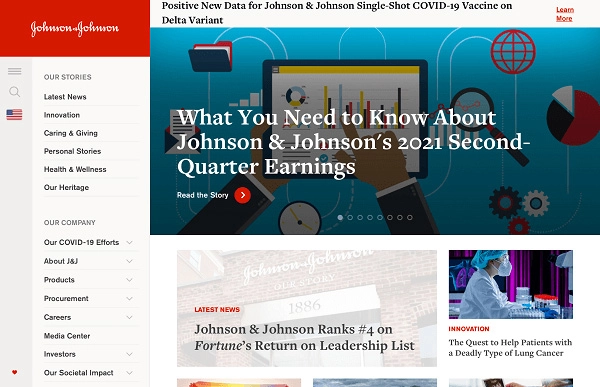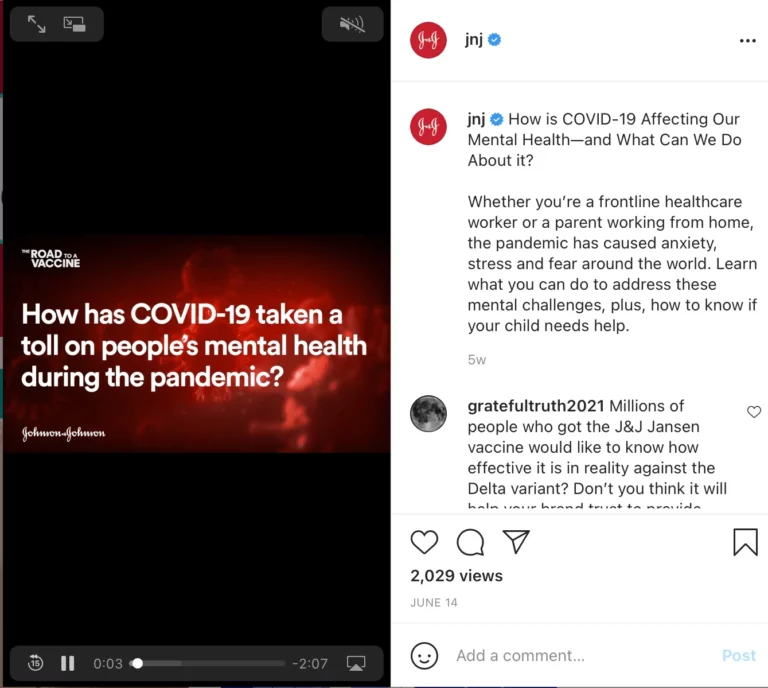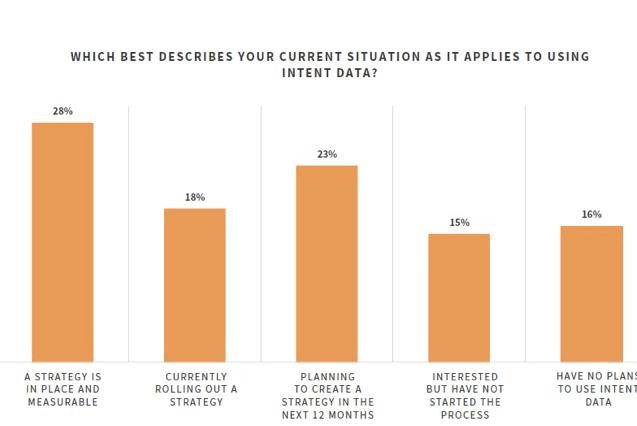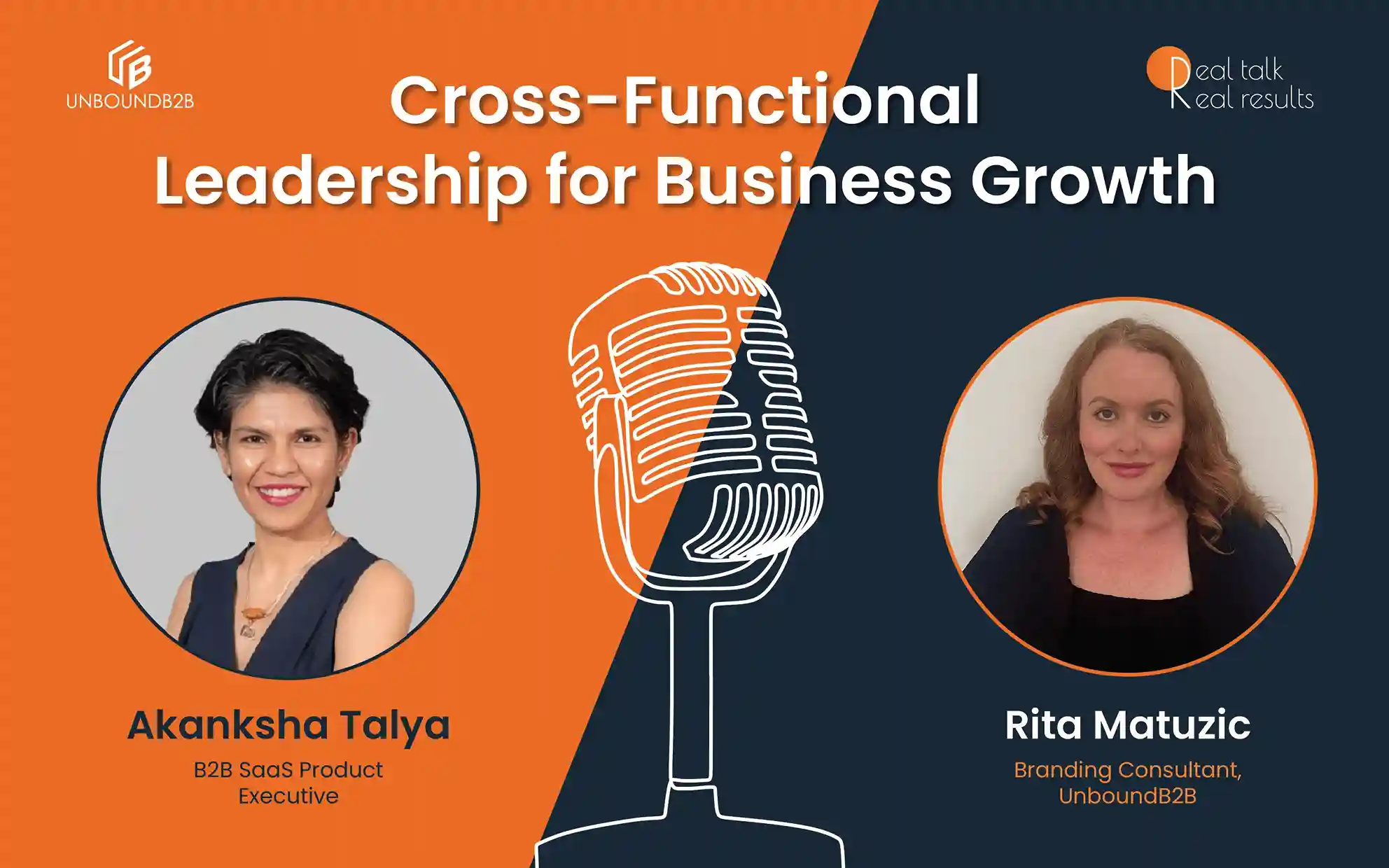
Introduction
Want to generate healthcare IT leads quickly? Then, you better start searching for buyers for your healthcare SaaS products using intent data.
But, why?
Two main reasons make intent data ultimate healthcare IT lead generator:
First, the healthcare technology sector is growing faster than ever before today. The healthcare technology market is expected to grow at a CAGR of 15.8% between 2019 to 2024.
Secondly, healthcare users are more inclined towards online search. In fact, only Google receives 1 billion health question-related searches daily.
According to a study, out of 53% of web or email users, 68% used the internet to search for health information.
So, these two points clearly state — the health IT industry is flourishing, and users are searching for health content online today. Now, before your potential healthcare IT leads start exploring your competitors’ content online, you better use intent data to boost your sales and revenue.
Wondering how exactly intent data can start pouring qualified leads your way? Then, let’s check out this post carefully and fuel up your health IT business growth.
What Is Health IT Intent Data
Basically, intent data identifies potential users searching for products and services similar to your brand online. Using intent data, you can directly connect with people interested in buying your products or services.
A person leaves a long trail of metrics online that you can track to identify your potential customers, such as page clicks, time spent on your site, cart abandonment, and more.
Intent data will help you with healthcare IT leads and connect you with the right healthcare vendors. Additionally, intent data can help healthcare companies with:
- Improving rate of return on outbound, inbound and account-based marketing campaigns
- Boosting engagement across your potential buyer accounts
- Superior quality leads funneling from marketing to sales team
- Reduce sales cycles and higher lead conversion rates
- Less time wastage on bad leads
Another good thing about intent data is it drives users’ interest data in many ways, such as email interactions, social media engagement, content, and more. For better understanding, you can take Johnson & Johnson website and social media pages as an example.
On Johnson & Johnson website, you can find information on numerous healthcare topics and news. Suppose here, if a person clicks on Johnson & Johnson single-shot COVID-19 vaccine post, it will show his or her intent to get the vaccine. Using this knowledge, the company can customize strategies to better target the potential customer.

Source: jnj
Besides the website, your social media channels can also help to gather users’ intent data. For example, here look at Johnson & Johnson’s Instagram post on COVID-19 effect on mental health. The users who have interacted with this post are either suffering from mental health problems or want to stay mentally healthy. In both cases, they are potential healthcare IT leads that you can convert easily.

Source: J&J
Types of Healthcare IT Intent Data
Intent data have dramatically smoothened lead generation for healthcare IT companies. That is because intent data helps to generate leads in three ways, such:
1. First-Party Intent Data
This is intent data collected from your internal resources like your website, social media, emails, and other methods. First-party data shows how many of your perspectives have viewed your website or blog, how many visitors have interacted with your brand, or how many individuals have downloaded or purchased something from your site.
2. Second-Party Intent Data
When a health IT company sells its first-party data, it is called second-party intent data. For instance, it is secondary intent data for you when you purchase healthcare data from publications, magazines, or other platforms. In a way, someone else’s first-party data is your second-party data.
3. Third-Party Intent data
This type of data collects your potential leads information from anywhere around the internet. The horizon of third-party is very wide, including data collected from IP servers, mutual cookies, third-party mentions, practically from anywhere on the internet. Therefore, it is impossible to collect accurate third-party intent data for healthcare IT leads, but you can still try.
Best Practices to Generate Healthcare IT Leads Using Intent Data
Approximately 46% of marketers are only using intent data or in the process of adopting intent-based marketing strategies. So, if you haven’t also implemented intent data to generate healthcare IT leads to grow your business, start with the ahead discussed practices right away.

Source: komarketing
Define Your Buyer’s Persona
Foremost to generate healthcare IT leads, you have to create your buyer’s persona based on intent data. You should consider both the marketing and sales side to build your ideal customer’s profile. For that, start by answering the following questions:
- What problems of your customers are you targeting?
- Which keywords or key phrases do they use to search regarding your business?
- What type of events do your customers attend?
- What kind of content do your ideal leads read and trust the most?
Usually, every healthcare technology company uses different techniques to create a buyer’s persona. However, one should consider these factors while creating a buyer’s identity:
- Define your target’s age, location, interests, spending power, language, and other personal factors.
- Recognize your customers’ pain points.
- Identify the goals and aspirations of your potential leads.
- Know how you can solve customers’ problems and help them achieve their goals.
the Measurement Metrics
Without data measurement metrics, you can’t give adequate shape to your intent data. Based on healthcare products or services, every IT company has to undertake different marketing measurement metrics. However, the common metrics that you should identify to generate healthcare IT leads are:
- Lead conversion rates: This metric is also referred to as the sales conversion rate that defines all the qualified leads generated through your actual sales. It is vital to examine the performance of your company’s sales funnel.
- Sales cycle length: This cycle evaluates the time that passes when you first interact with potential leads to the time when you close the deal.
- ABM program development: This is not a marketing metrics but a strategy that streamlines flow between marketing and sales teams to design personalized marketing solutions. Intent data provides the correct information to develop custom account-based marketing campaigns for your health products.
- Lead generation ROI: It is a simple metric that shows how many leads you have received equivalent to your invested resources.
Work On Your Content Marketing Strategies
You need to elevate your content marketing strategies so that more users can interact with your business content. When a large number of users interact with your content, you can draw better intent data.
Today, the global content marketing industry is growing at a CAGR of 18.4%, which is projected to reach $9.59 billion by 2023. Thus, if you want to receive maximum results from your content marketing efforts, you need to include some new strategies in your content
plan, such as:
- Content Syndication: Under content syndication, you can republish your content on third-party sites to generate second-party intent data.
- Content Repurposing: You can repurpose your one content piece into different formats to drive healthcare IT leads from different sources like infographics, videos, slides, etc.
- Guest Blogging: You can post fresh content on high-domain authority third-party websites to produce a quality backlink to improve your search engine ranking.
The best thing about content marketing is that it helps to collect intent data and then use it. For instance, if you find people buying smart healthcare products more on your website, you can promote them aggressively than other products.
Keep Marketers On the Top of the Sales Funnel
There’s a huge debate going around whether the sales or marketing team owns the funnel. Marketers claim that they are responsible for sales, so they are sole proprietor owners of the funnel. In contrast, the sales team advocates they are creators of the funnel, so they have sole right on it.
In reality, both marketing and sales teams are responsible for generating and nurturing leads. It’s just that the sales team owns the sales funnel, but marketers always stay on the top of the funnel.

Source: anteriad
So, here you should streamline your marketing and sales team to feed the accurate intent data into your healthcare IT sales funnel.
Acquire the Right Tools
There’s no way you can gather, process, and analyze intent data manually. You might be able to access a few aspects of first-party intent data on your own, but for further processing, a good quality intent data tool is essential.
In the market, numerous types of intent data tools are available, but you should select the tool that can:
- Offers a wide range of filters, including location, behavior, and other filters
- Allow sales and marketing teams to create personalized content
- Integrate with other tools like CRMs, email marketing tools, etc.
Quickly Follow Up On Your Leads
Until leads aren’t turned into your customers, there’s no surety. Your hot leads can anytime fall out of your sales funnel in the wide pool of healthcare technologies.
Therefore, you should follow up on intent data in real-time so that you can approach your hot leads before they can turn cold. Although there’s no significant barometer to measure how long lead remains hot. But a Harvard study shows that a lead only remains hot for only 42 hours.
So, healthcare marketers, you have very little time to approach your potential leads. Better be fast, folks!
Generate Healthcare IT Leads Using Intent Data Today!
Lead generation is a very complicated process for the over-competitive healthcare IT sector. But by using intent data, you can make the healthcare IT lead generation process seamless.
You simply need to understand the intent data concept first and then execute it accurately to achieve the maximum returns. In this article, you have learned all the best ways to leverage intent data in lead generation. So, let’s roll the dice and generate some high-quality leads today!
Our blog
Latest blog posts
Tool and strategies modern teams need to help their companies grow.

Programmatic ABM combines the effectiveness of targeted engagement with automation. I...

Take advantage of the year-end holiday rush so you can boost your SaaS revenue and st...

Boundaryless, cross-functional leadership is the key to successful, high-performing p...






